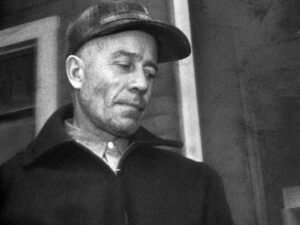As a parent or educator, I understand the importance of creating engaging lesson plans for 2-year-olds. At this age, children are like little sponges, soaking up every experience and sensation around them. The key to fostering their curiosity and development lies in planning activities that are not only fun but also enrich their learning journey. In this article, I’ll share a variety of tips and ideas to help you create effective lesson plans for your little ones that will nurture their early development.
Understanding the Needs of 2-Year-Olds
Before diving into lesson plans, it’s crucial to grasp the developmental milestones of 2-year-olds. At this stage, children are typically exploring language, enhancing motor skills, and developing social and emotional understandings. They’re naturally curious, and their attention spans are generally short, which calls for dynamic and varied activities. Incorporating hands-on experiences, songs, and movement into lesson plans will keep them engaged while supporting their various developmental domains.
Creativity at the Core: Craft Activities
Craft activities are a fantastic way to spark creativity while working on fine motor skills. Here are some ideas that I find particularly effective:
Story Time Adventures
Reading is fundamental to language development, and incorporating storytime into lesson plans can ignite a love for books early on. Here’s how I suggest making storytime engaging:
Sensory Play: Explore Through Touch
Sensory play is instrumental in helping toddlers make sense of the world around them. Here are some fun ways to incorporate sensory activities into your lesson plans:
Movement and Music: Energizing Learning
Movement activities are essential for physical development and can easily be integrated into daily lesson plans. Here are a few ideas:
Play-Based Learning: The Heart of Development
Incorporating play into lesson plans provides a natural way to learn. Here’s how I integrate play-based activities:
Conclusion: Emphasizing Learning Through Engagement
Creating lesson plans for 2-year-olds doesn’t have to be daunting. I’ve found that incorporating a mix of sensory play, creative crafts, interactive storytime, and movement keeps engagement high while supporting their development. Remember, the primary goal is to nurture their natural curiosity and provide an enriching environment. By embracing play-based learning, I’m confident you’ll set the stage for a love of learning that will last a lifetime. Let’s make these formative years memorable and impactful!




